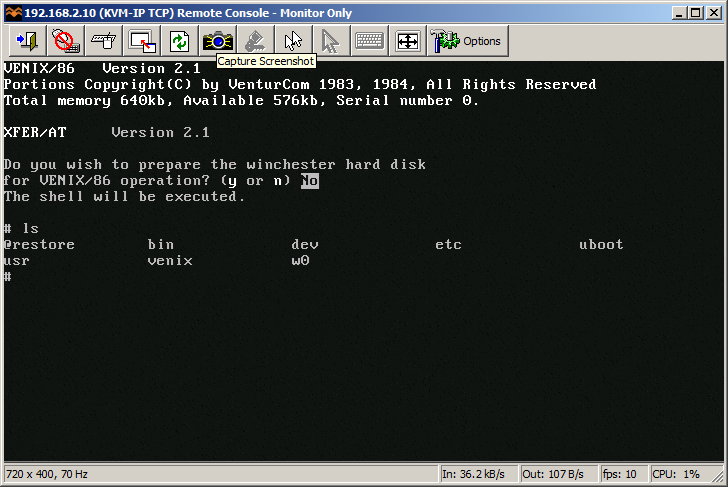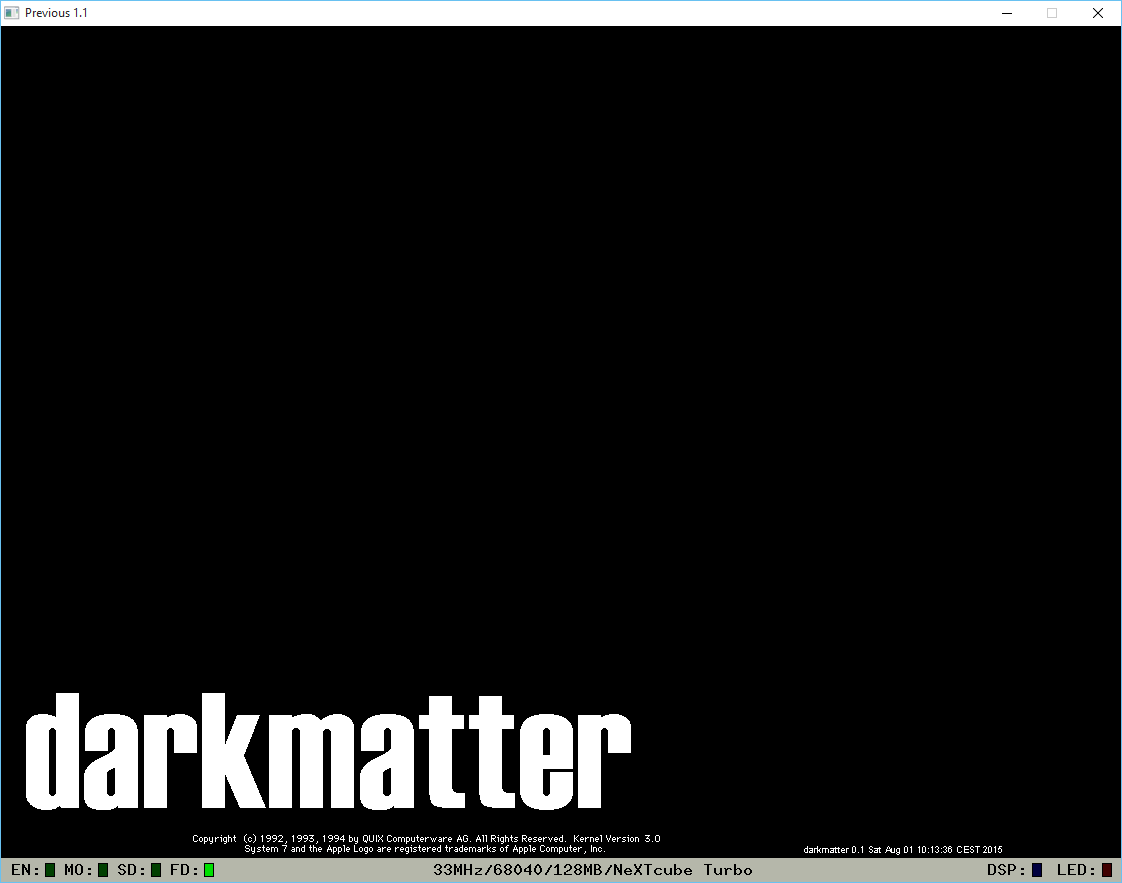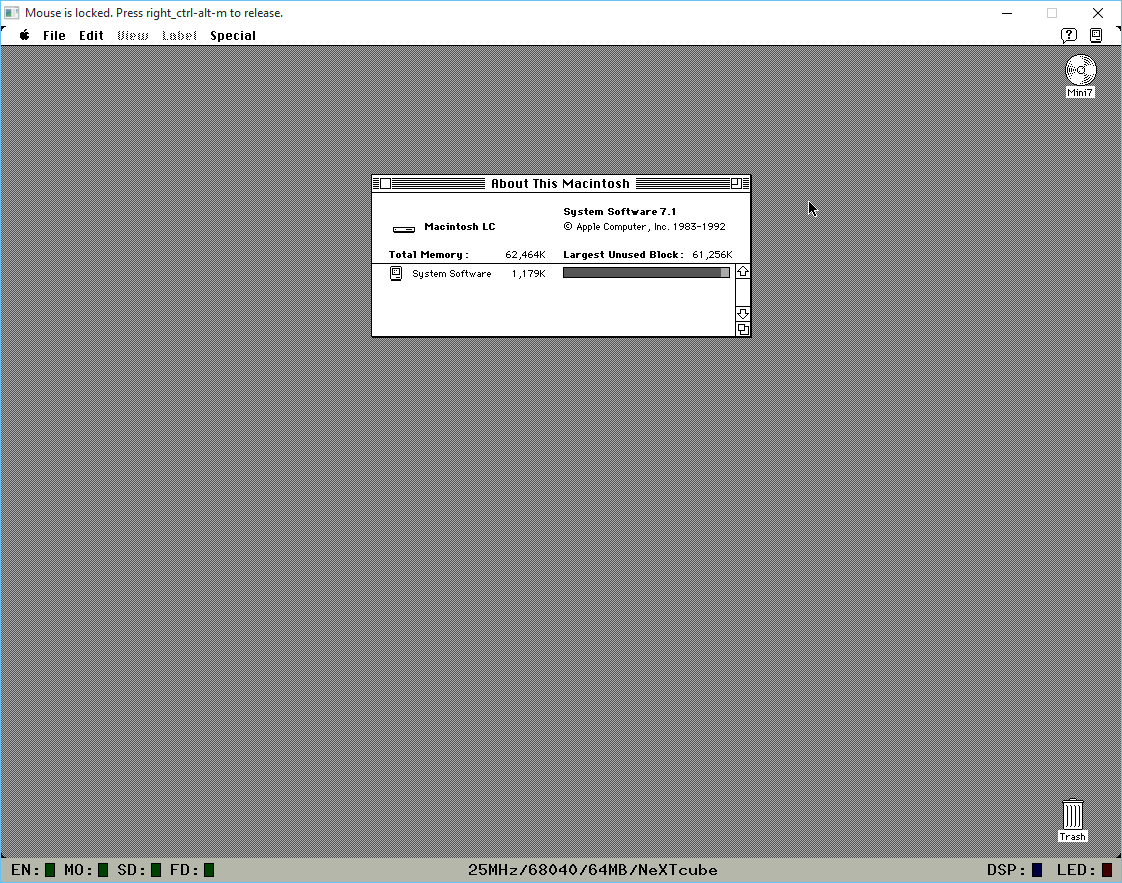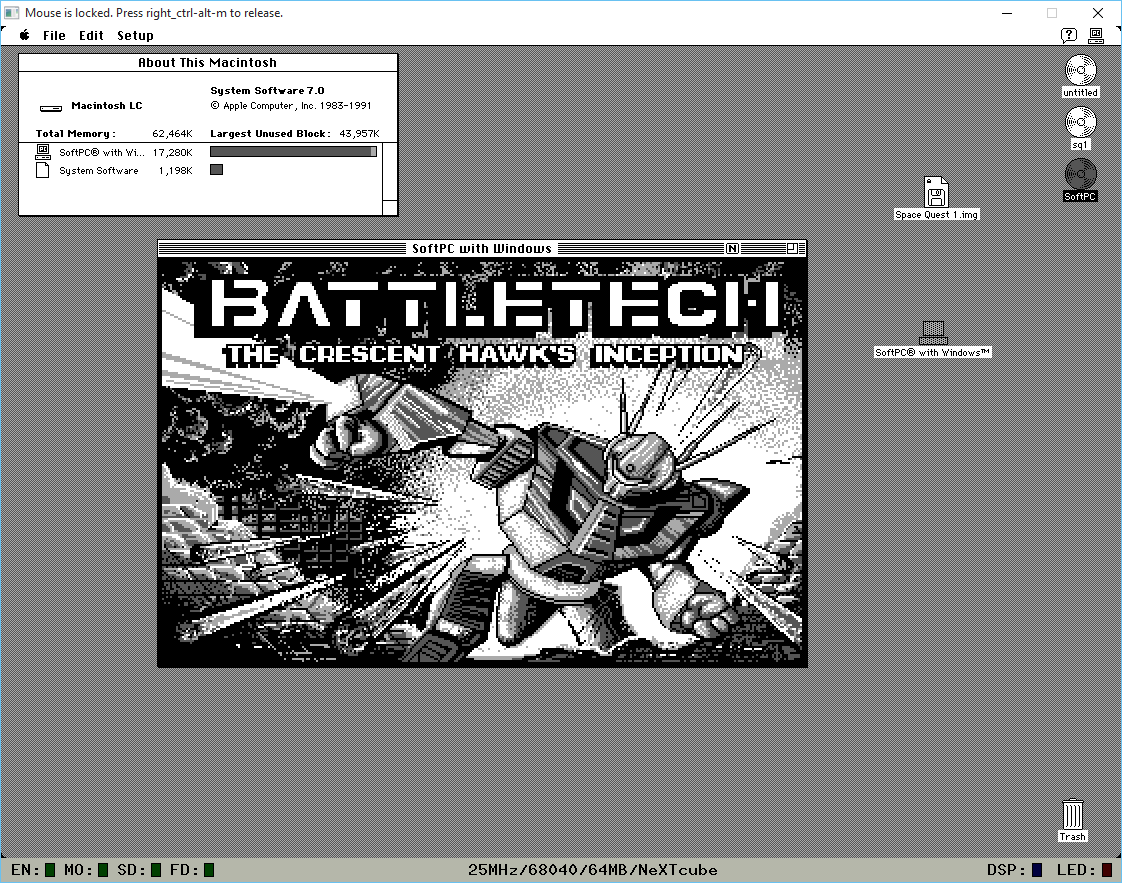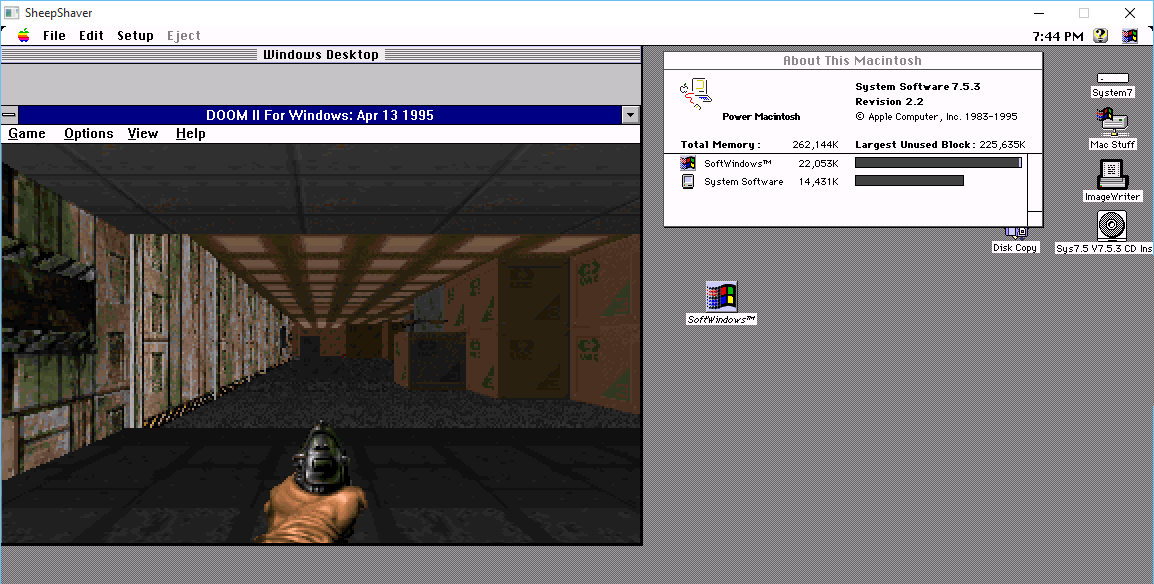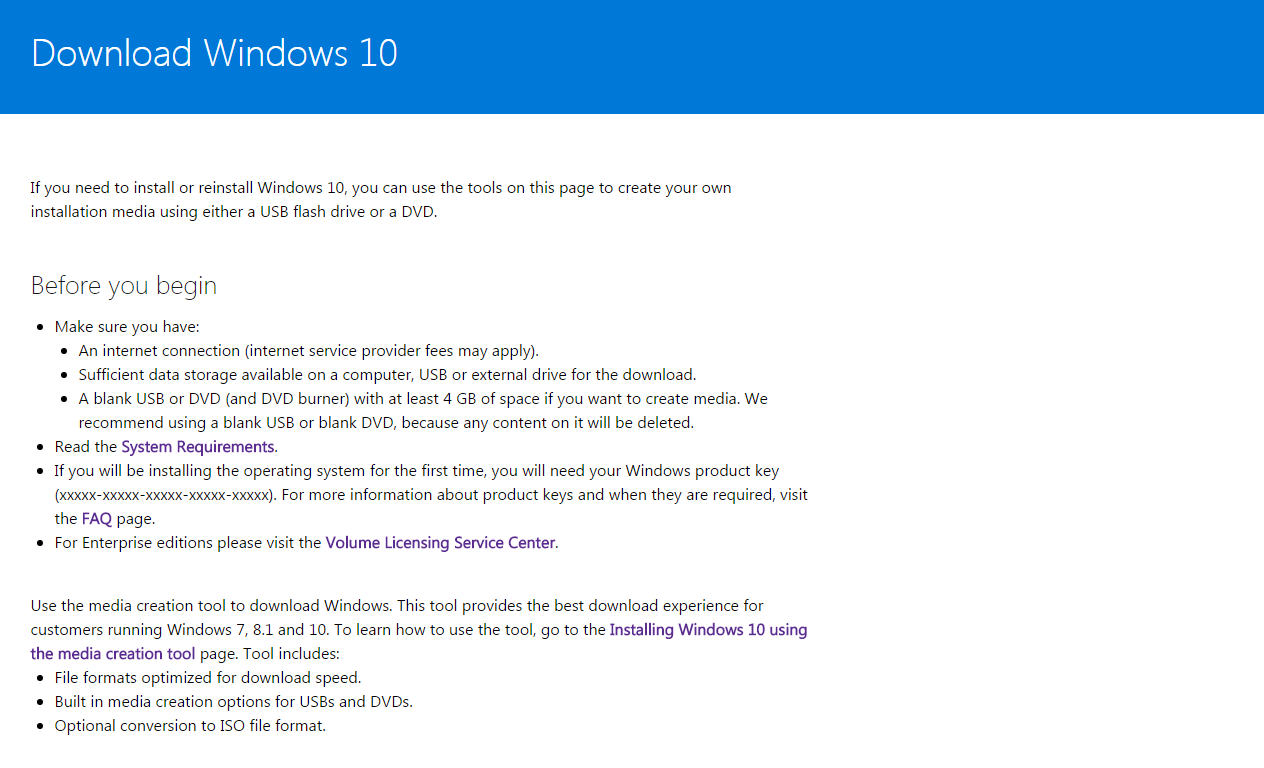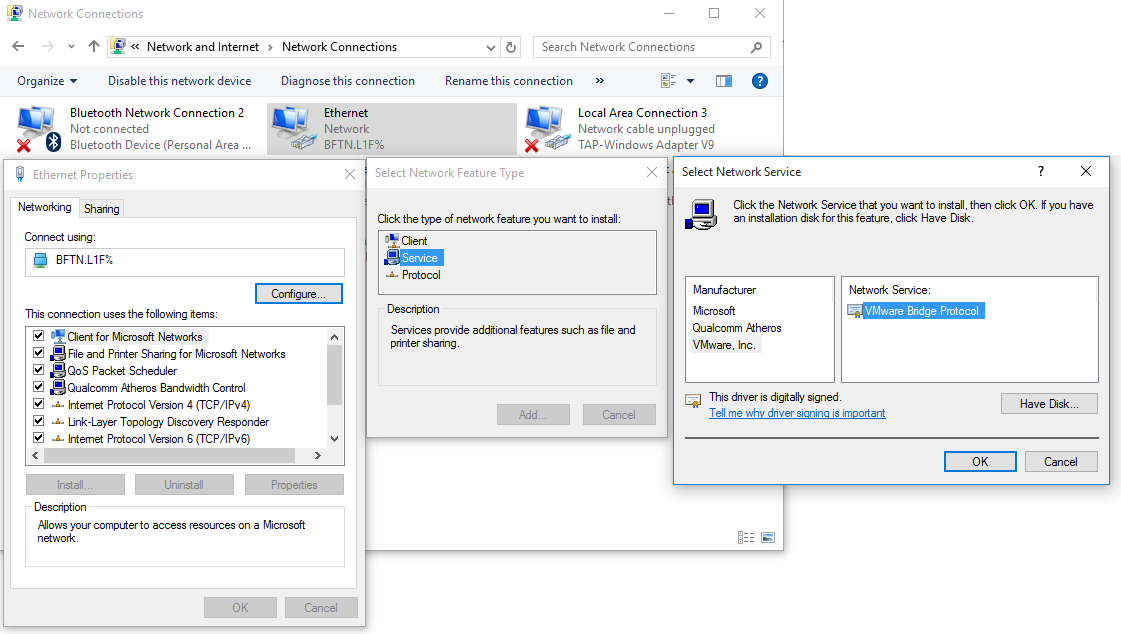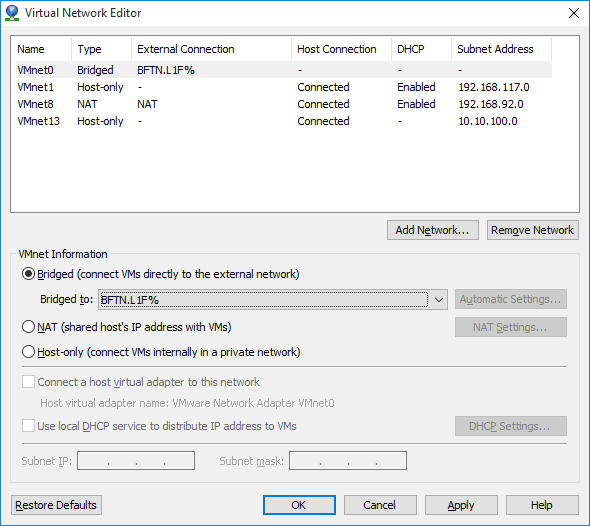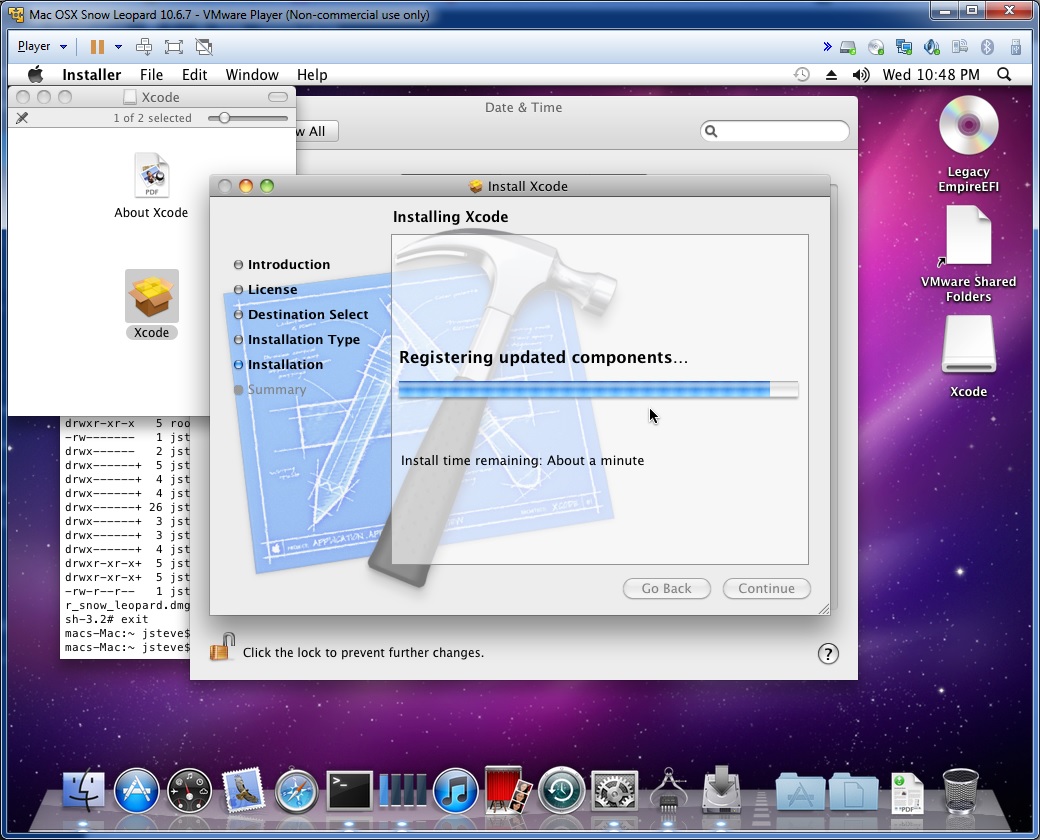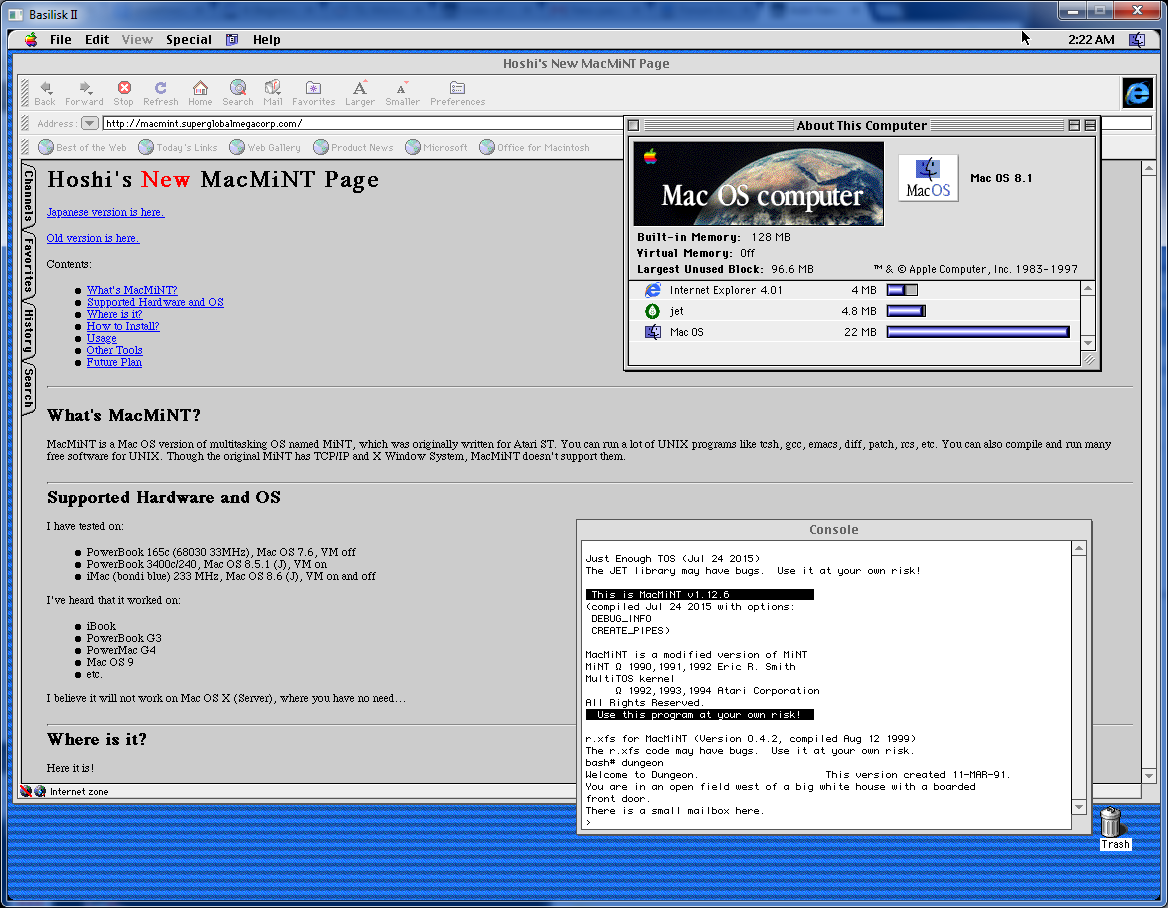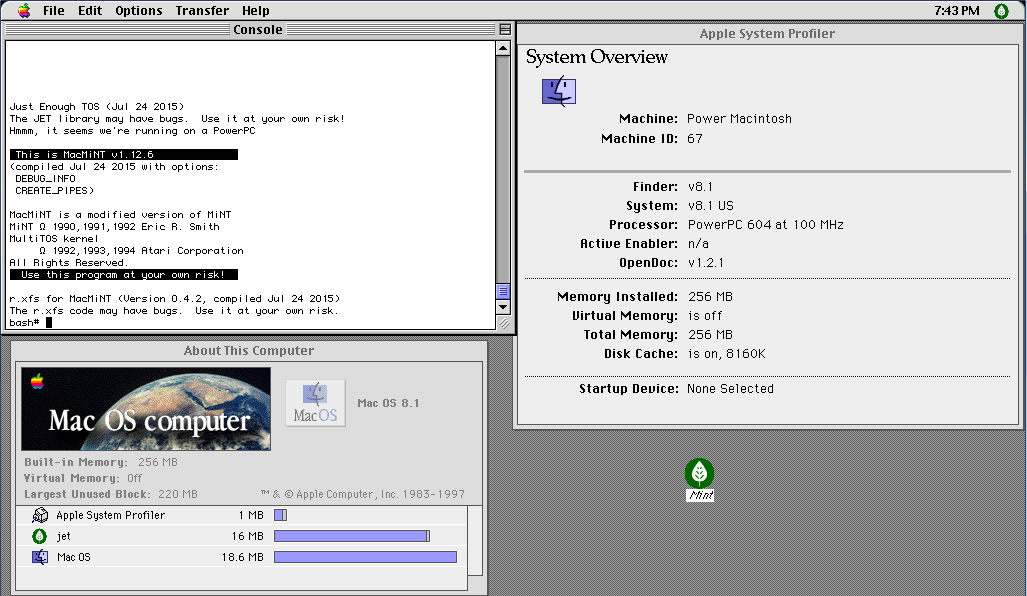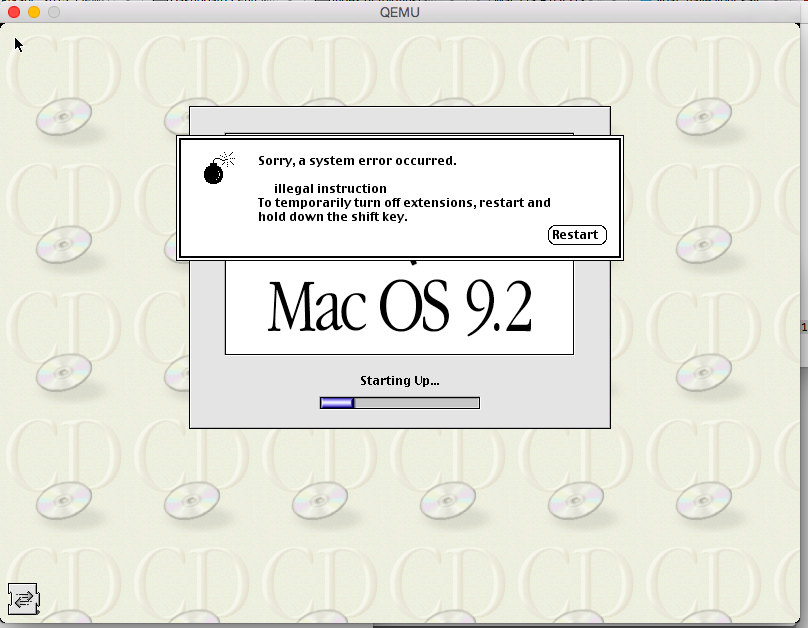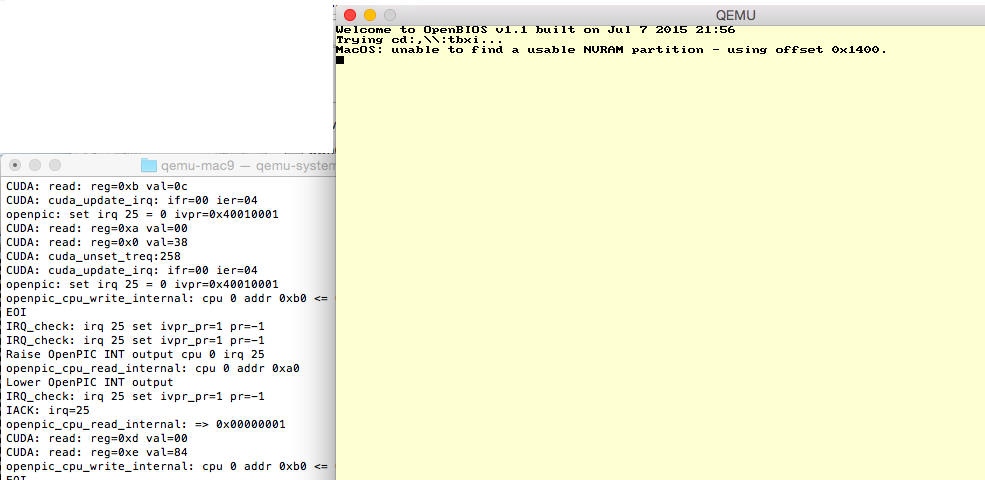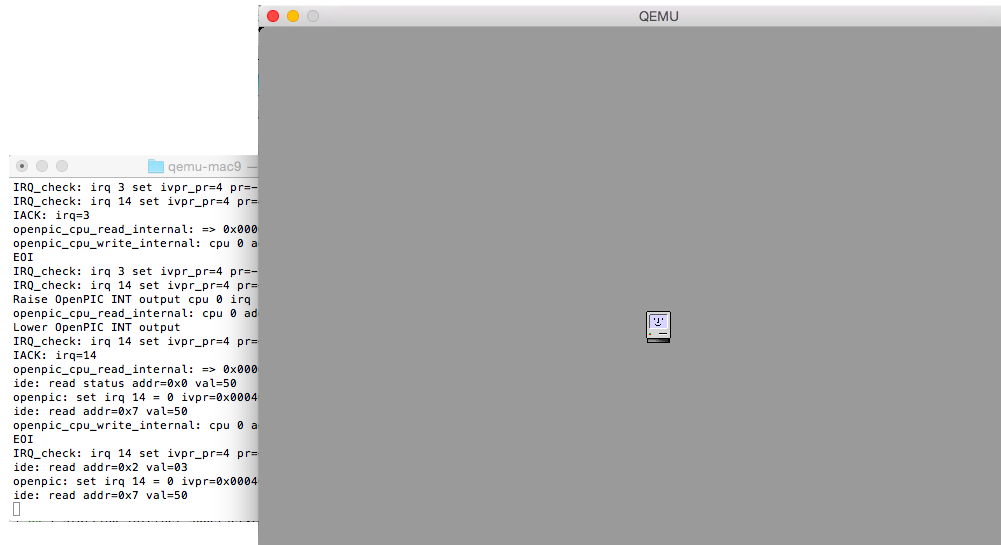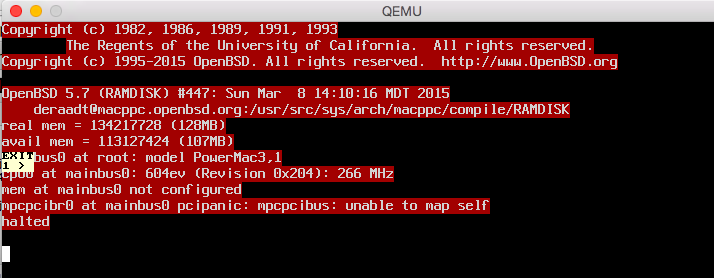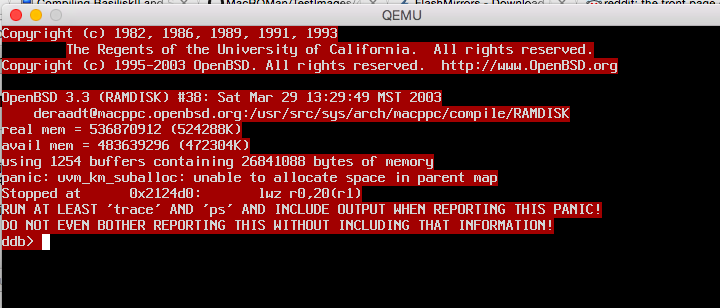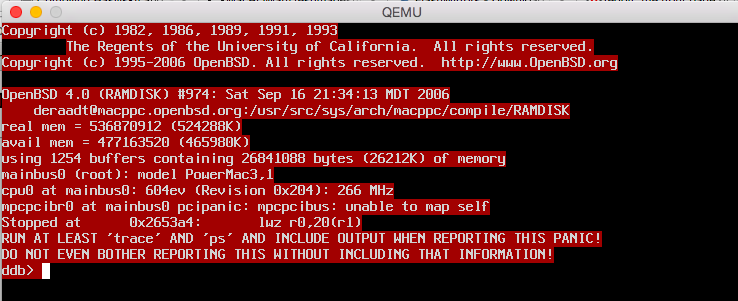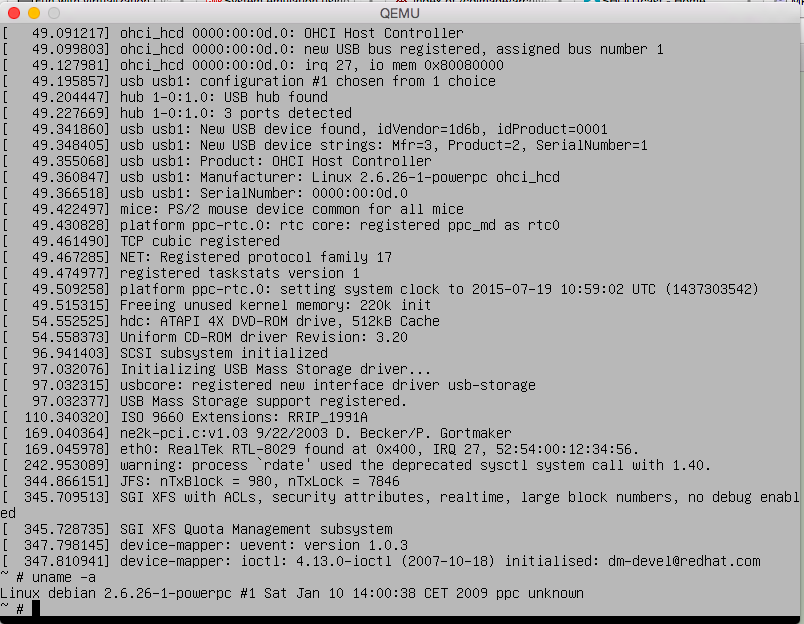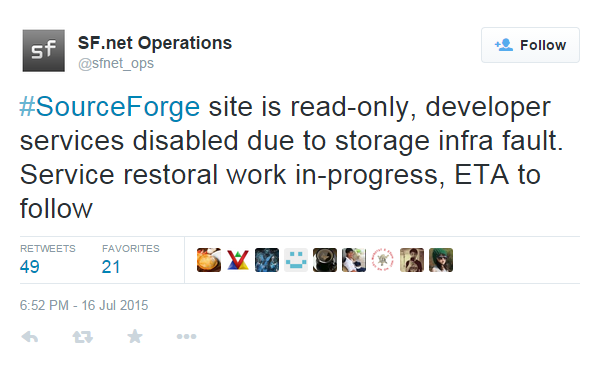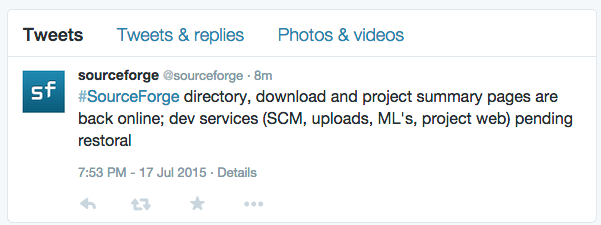(this is a guest post by Tenox)
I’m extremely busy with some matters and unable to spend much time with computer archaeology. I would like for some much overdue projects to progress independently of myself, so hopefully the community can participate and help out.
Let’s start with Venix/86 which has been awaiting my attention for a while. I have been recently contacted by Alex aka uav1606 who wanted to get it to work. I have since decided to open this up to anyone else interested.
To my knowledge actual install media did not surface so far. However a while ago I came in to possession of a boot disk and a backup of a live system, in form of nine floppy disks which look like a tar archive. In theory it should be possible to boot the xfer disk, format a hard disk and restore the backup system to get a working system.
I’m offering $100 prize via PayPal to the first person who will run Venix/86 on an emulator of any kind (PCE, PicoXT, QEMU, Bochs, Vbox, MESS/MAME, etc NOTE: it doesn’t have to be strictly XT emulator as long as the system works), compiles Aclock and sends me a binary + complete working virtual machine. I will also of course publish it on this blog featuring all your hard work! It will be awesome to see your progress and collaboration in the comments
Everything I have is here: http://www.tenox.net/get/venix21.zip
Update #1: From Frode van der Meeren who is the owner of the floppy disks: “The disk images are not corrupted, the disks only use a different track arrangement. The disks image format arranges the tracks by cylinders, storing head 0 and then head 1, while the actual disks arrange tracks by all cylinders on head 0 then all cylinders on head 1. If you want to mount the images into something else than Venix/86 then you need to rearrange the tracks in the image file.”
Update #2: the competition has been won by Jim Carpenter! Congratulations! Jim has just received the $100 prize. I have received detailed install instructions and will post it in a follow up post
Update #3: The winning entry, how to install Venix/86 on MESS/MAME
It was a real pleasure to see great community response, participation and most importantly to see Venix/x86 run again!
Stay tuned for another one

